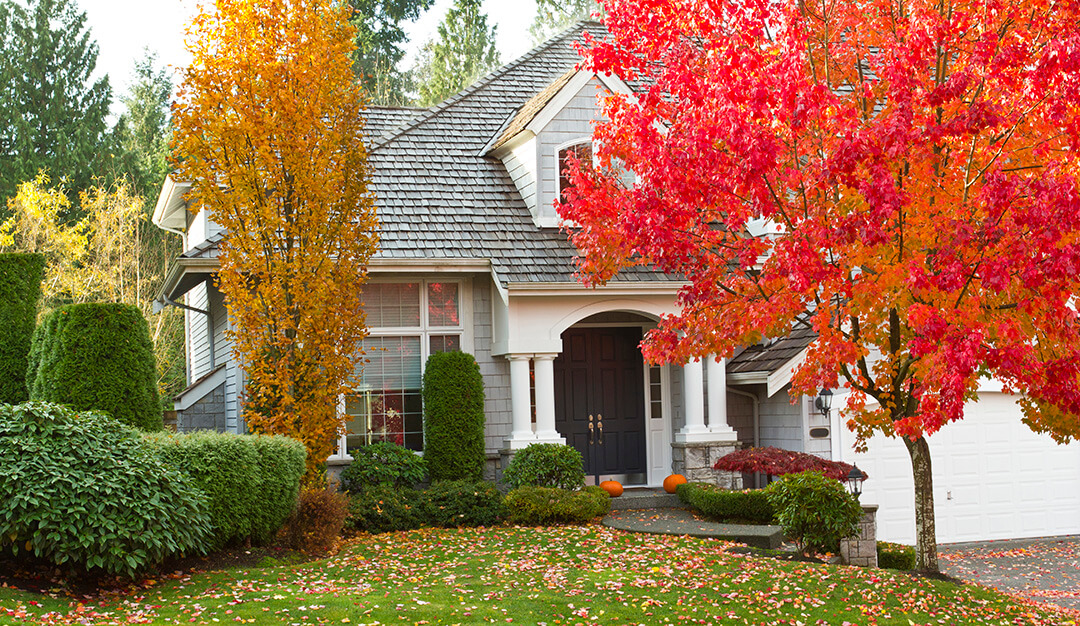
Colourful Autumn Plants
Perennials, Trees, and Shrubs That Look Great in Autumn
As the summer heat gives way to cooler temperatures and the days grow shorter, nature puts on a breathtaking display with colourful autumn plants that herald the arrival of a new season. The changing foliage is one of the most enchanting aspects of the fall season, and there’s no better way to celebrate it than by incorporating stunning perennials, trees, and shrubs into your garden landscape. In this blog post, we’ll explore a selection of these autumnal gems that can transform your outdoor space into a captivating fall wonderland.
A Selection of Colourful Autumn Plants
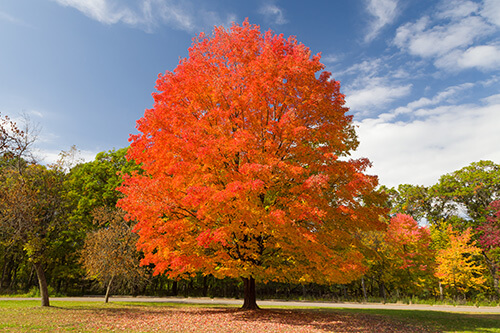 Sugar Maple (Acer spp.)
Sugar Maple (Acer spp.)
When it comes to fall foliage, few trees can rival the brilliance of maples. Known for their fiery red, orange, and yellow leaves, maple trees are iconic symbols of autumn. Varieties like the Sugar Maple (Acer saccharum) and Red Maple (Acer rubrum) are especially popular for their vibrant colour transformations. Plant one in your yard, and you’ll be treated to a stunning display of orange and crimson leaves that will be the envy of every neighbour on your block.
Oak Trees (Quercus spp.)
Oak trees, with their bold and enduring leaves, are another fantastic choice for fall colour. While oak leaves tend to change colour later in the season, they often turn deep shades of russet, burgundy, and brown. These majestic trees are not only beautiful but also provide valuable wildlife habitat and shade, making them a practical and aesthetically pleasing addition to any landscape.
 Japanese Maples (Acer palmatum)
Japanese Maples (Acer palmatum)
Japanese maples are renowned for their elegant and delicate foliage. These smaller trees or large shrubs come in a variety of cultivars, each offering unique leaf shapes and colours. In the fall, the leaves of Japanese maples often turn brilliant shades of red, orange, or purple. These trees can be used as focal points in your garden or as accents to complement other plants.
Ornamental Pear (Pyrus calleryana)
The foliage of the ornamental pear tree in the fall is nothing short of spectacular. As the temperatures begin to drop and the days grow shorter, these trees undergo a remarkable transformation. Late to change colour, the typically glossy green leaves of the ornamental pear take on a vibrant and rich array of autumn hues, ranging from brilliant shades of orange and deep red to warm purples when many other trees have turned brown or have shed their leaves. The canopy of an ornamental pear tree, with its fiery foliage, becomes a captivating focal point in any landscape, providing a breathtaking and enduring display that continues well into the fall season.
Burning Bush (Euonymus alatus)
The Burning Bush, also known as the Winged Euonymus, is a compact shrub that truly lives up to its name in the fall. Its leaves explode into vibrant shades of crimson, creating a striking visual contrast against the green backdrop of your garden. This deciduous shrub is not only stunning but also low-maintenance, making it a favorite of all colourful autumn plants among gardeners looking for a hassle-free addition to their fall landscape.
Sumac (Rhus typhina)
Sumac trees are another colourful addition to the fall landscape, showcasing their unique beauty as the season progresses. In the autumn, sumac leaves transform into a brilliant palette of red, orange, and burgundy, creating a fiery spectacle that catches the eye from afar. Their feathery, pinnate leaves often persist well into late fall, providing a striking contrast against the backdrop of the changing landscape. What makes sumac trees even more appealing is their upright, architectural growth habit, which adds structure and drama to your garden. As the sumac’s vibrant foliage unfurls, it signals the arrival of fall in a grand and picturesque manner, making it an outstanding choice for those seeking a bold statement in their autumn garden design.
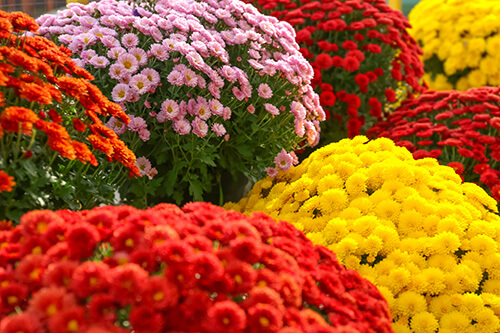 Chrysanthemums (Chrysanthemum spp.)
Chrysanthemums (Chrysanthemum spp.)
Chrysanthemums, commonly known as mums, are a classic choice for adding a burst of colour to your fall garden. These perennials come in a wide range of colours, including deep purples, vibrant yellows, and warm oranges. Plant them in pots or garden beds to create stunning displays that can last well into the late autumn. Mums are also perfect for adding a touch of fall festivity to your outdoor decor.
Asters (Symphyotrichum puniceum)
Asters, often referred to as the “stars of autumn,” truly shine in the fall landscape. These charming perennials burst into bloom just as summer transitions into autumn, covering gardens with a sea of vibrant colours. With their daisy-like flowers in shades of purple, pink, and white, asters add a delightful contrast to the changing foliage around them. As the days grow shorter and cooler, asters continue to thrive, providing a late-season nectar source for pollinators like bees and butterflies. Their resilient and cheerful presence makes them a beloved choice for gardeners seeking to extend the beauty of their outdoor spaces well into the fall months.
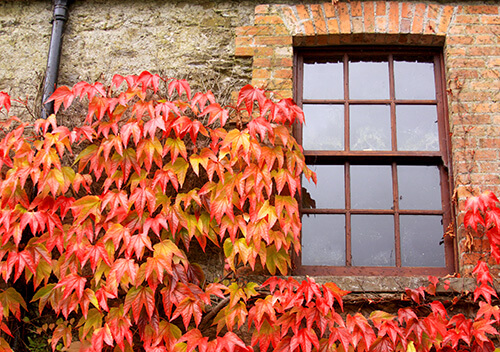 Virginia Creeper (Parthenocissus quinquefolia)
Virginia Creeper (Parthenocissus quinquefolia)
For those seeking a rustic and wild look in their fall landscape, consider Virginia Creeper. This deciduous vine boasts a brilliant display of fiery red foliage in the autumn. It can be trained to climb walls, trellises, or arbors, creating a dramatic and picturesque backdrop for your garden. Be aware that this vine can be quite invasive, so it’s best if it has lots of space to grow, like a long fence line. To contain it cut it back regularly and dig out new root growth.
As the leaves begin to turn and the air grows crisper, there’s no better time to celebrate the beauty of fall foliage in your garden. Whether you opt for the blazing reds of maples and burning bushes, the elegant hues of Japanese maples, or the varied shades and classic charm of chrysanthemums, there’s a wide range of perennials, trees, and shrubs to choose from. With a well-planned selection, your garden can become a stunning tribute to the gorgeous colours of autumn.
As always, if you’re not much of a green thumb or would just like some professional landscaping assistance, contact us to get started.

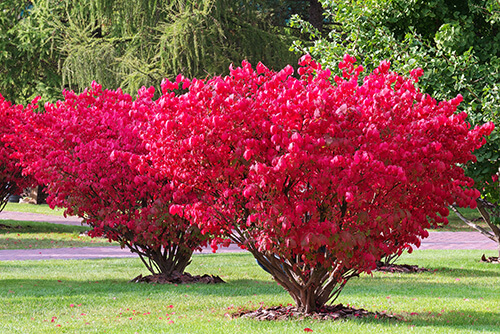
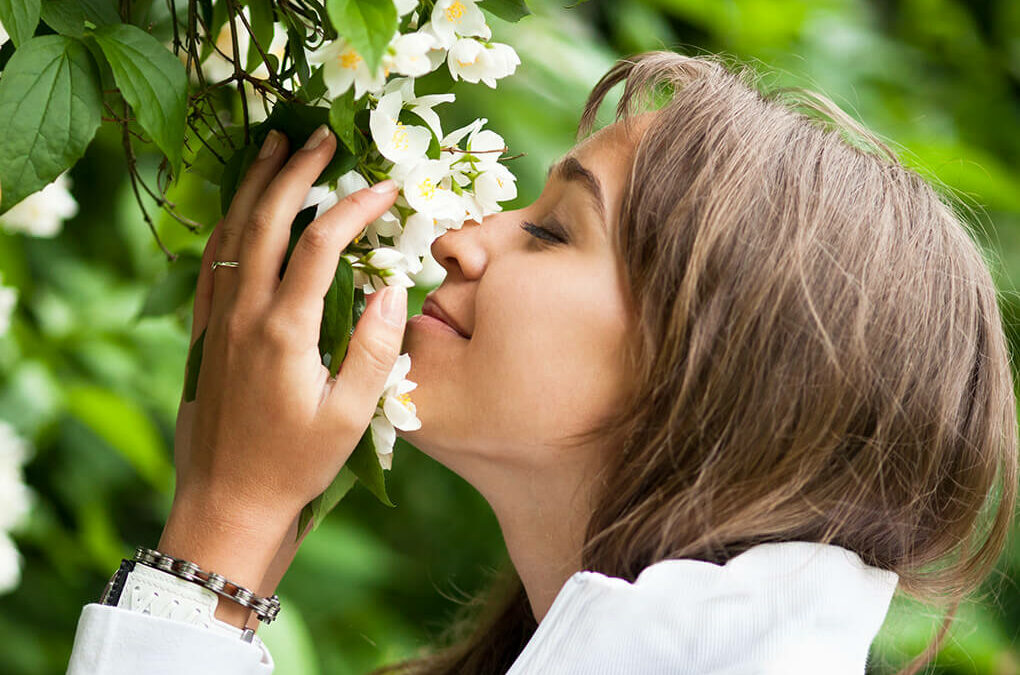
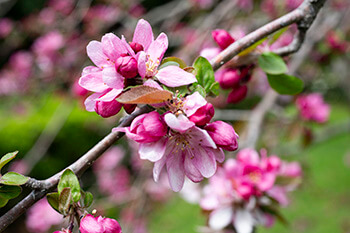 In our region, the climate is perfect for many fragrant trees and shrubs that can be enjoyed throughout the year. In this blog post, we will look at some of the best trees and shrubs that are ideal for fragrance in Southwestern Ontario. Whether you are an experienced gardener or just starting, this post will help you create a beautiful, fragrant oasis in your own backyard.
In our region, the climate is perfect for many fragrant trees and shrubs that can be enjoyed throughout the year. In this blog post, we will look at some of the best trees and shrubs that are ideal for fragrance in Southwestern Ontario. Whether you are an experienced gardener or just starting, this post will help you create a beautiful, fragrant oasis in your own backyard. Katsura trees are unique deciduous trees that emit a refreshing, burnt sugar scent in the fall. They have heart-shaped leaves and attractive yellow flowers in the spring.
Katsura trees are unique deciduous trees that emit a refreshing, burnt sugar scent in the fall. They have heart-shaped leaves and attractive yellow flowers in the spring.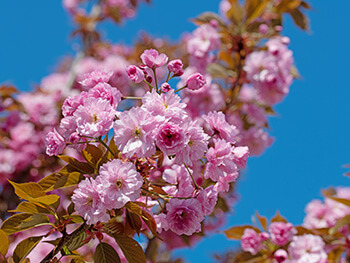
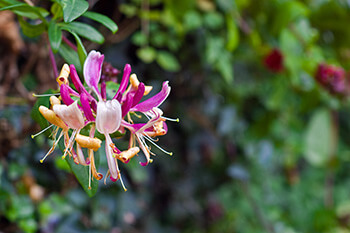
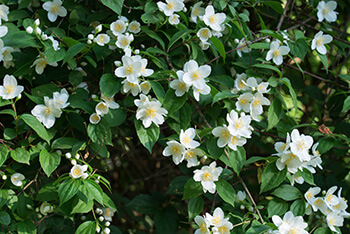
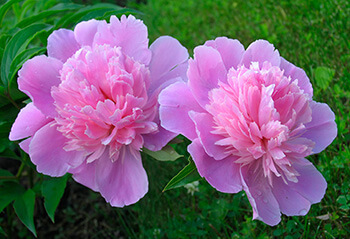
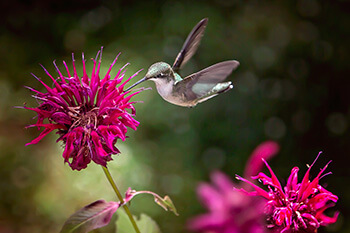 Lavender is renowned throughout the world for adding fragrance and beauty to any garden. This herb has beautiful purple blooms that fill the air with their calming scent.
Lavender is renowned throughout the world for adding fragrance and beauty to any garden. This herb has beautiful purple blooms that fill the air with their calming scent.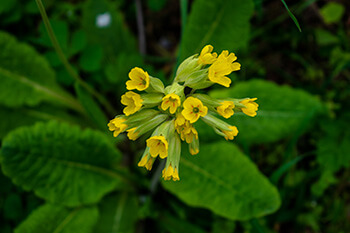 This herb has delicate, fragrant flowers in vibrant shades of pink, purple, and white.
This herb has delicate, fragrant flowers in vibrant shades of pink, purple, and white.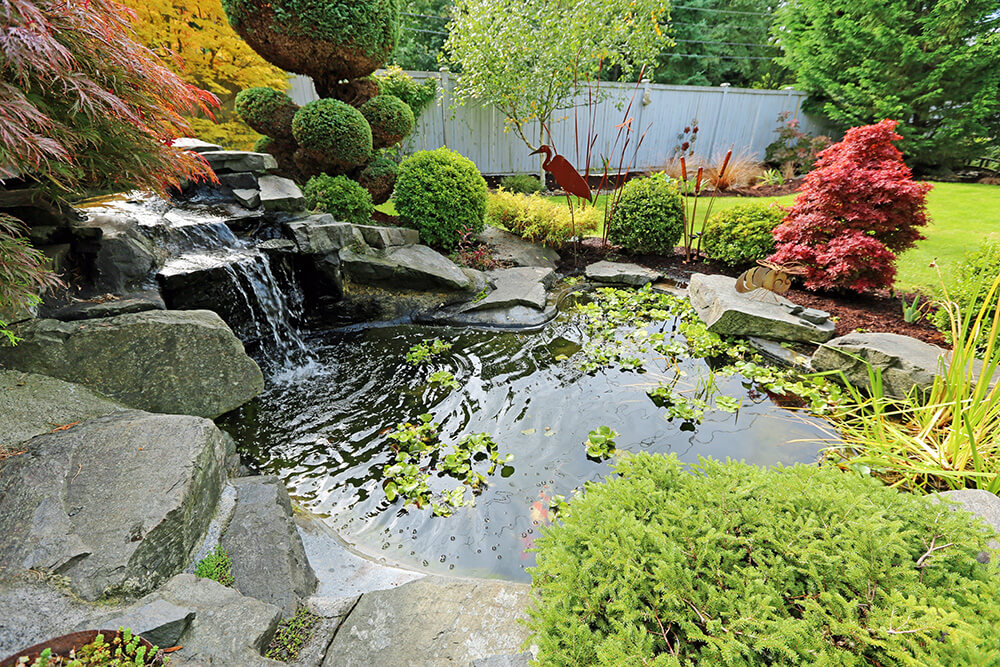
 Planting a variety of
Planting a variety of 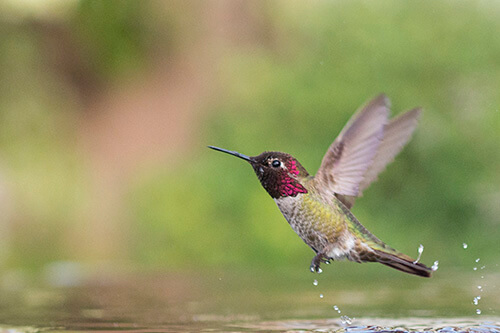 Providing a source of water is essential for wildlife in your backyard. Bird baths and
Providing a source of water is essential for wildlife in your backyard. Bird baths and  Keeping pets indoors or away from areas of wildlife activity is an important part of protecting wildlife in your backyard. Cats and dogs may be attracted to the small animals in your yard, such as birds, rodents, or other creatures. It is best to keep these pets inside or restrain them while they are outside so they do not disturb or harm any wildlife.Additionally, make sure that any outdoor dog runs are not set up in areas where wildlife likes to rest and feed. By taking these extra steps you can ensure that both your pets and the local wildlife stay safe and happy.
Keeping pets indoors or away from areas of wildlife activity is an important part of protecting wildlife in your backyard. Cats and dogs may be attracted to the small animals in your yard, such as birds, rodents, or other creatures. It is best to keep these pets inside or restrain them while they are outside so they do not disturb or harm any wildlife.Additionally, make sure that any outdoor dog runs are not set up in areas where wildlife likes to rest and feed. By taking these extra steps you can ensure that both your pets and the local wildlife stay safe and happy.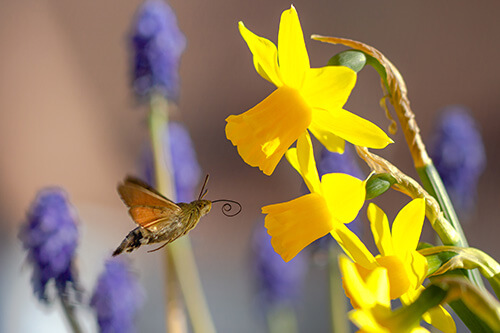 Providing undisturbed areas in your garden is a great way to support local wildlife. By leaving some areas of your garden untouched, you are giving animals the chance to make their own homes without interruption from people or pets.This can take the form of wild patches of grass, untended corners of your yard, or piles of sticks and logs that provide harborage for small creatures. Even if it seems like doing nothing is best, keeping these areas free from human activity and disturbance will be beneficial to the wildlife that makes use of them.
Providing undisturbed areas in your garden is a great way to support local wildlife. By leaving some areas of your garden untouched, you are giving animals the chance to make their own homes without interruption from people or pets.This can take the form of wild patches of grass, untended corners of your yard, or piles of sticks and logs that provide harborage for small creatures. Even if it seems like doing nothing is best, keeping these areas free from human activity and disturbance will be beneficial to the wildlife that makes use of them.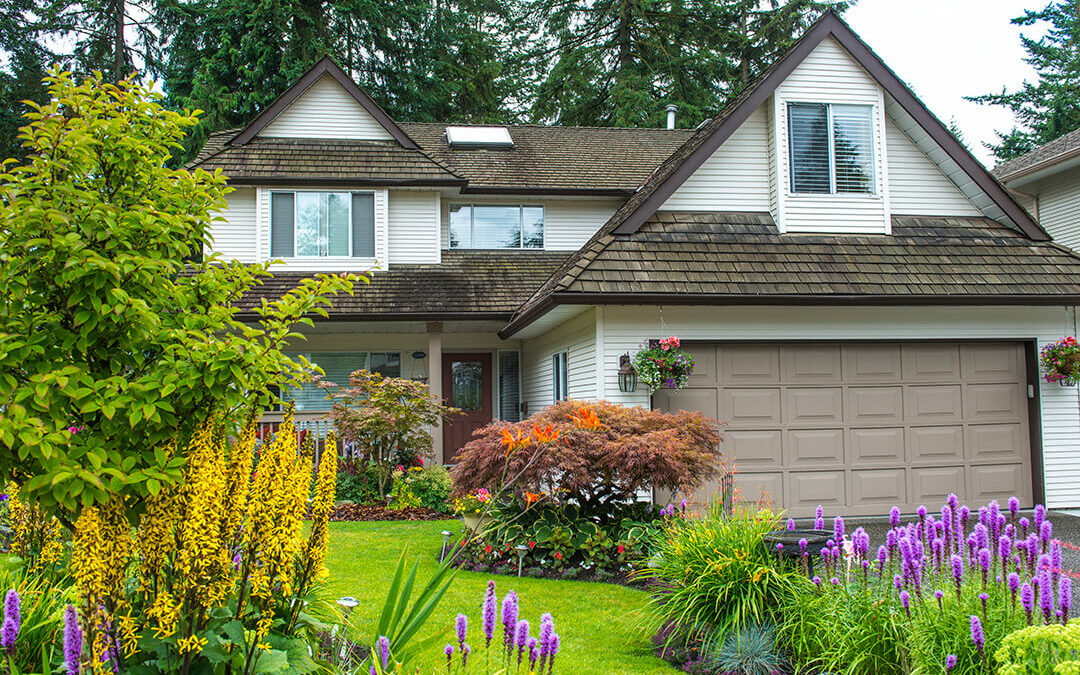
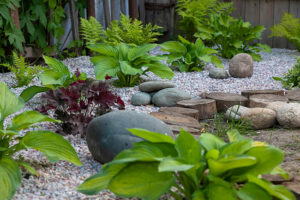
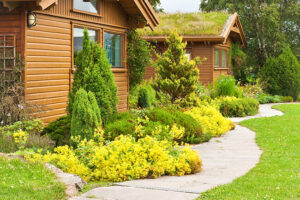
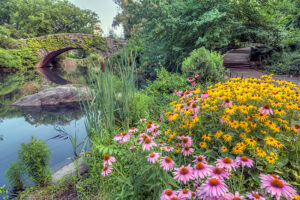
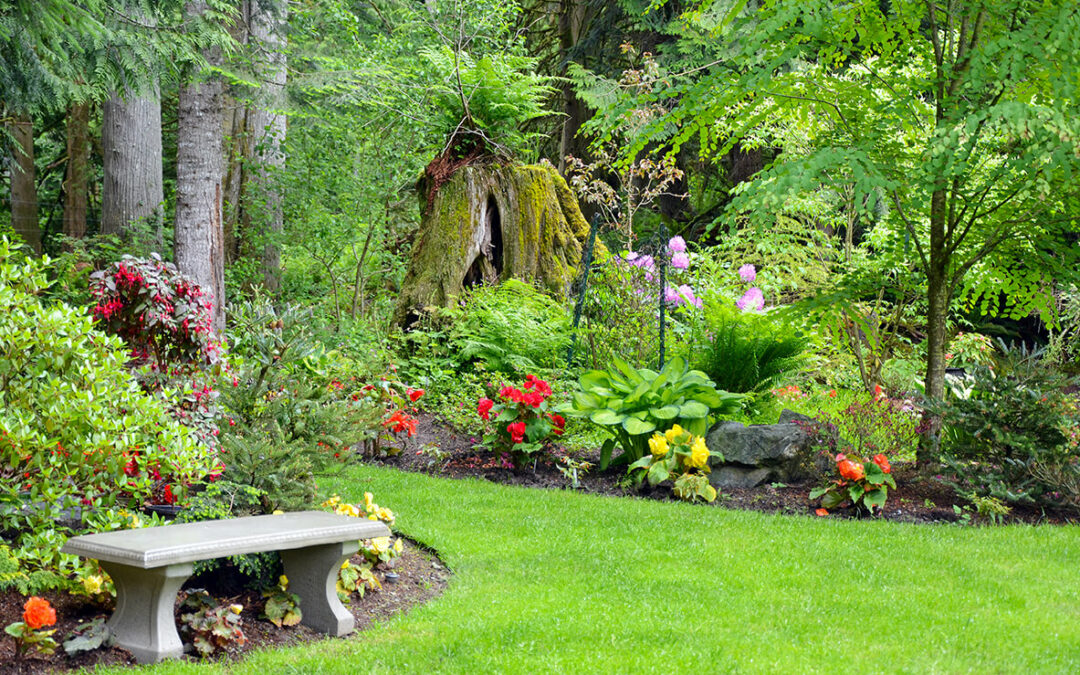
 Boxwood
Boxwood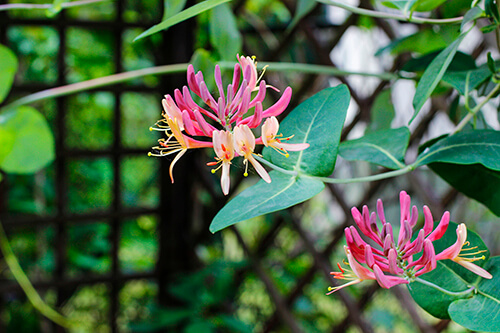 Non-Invasive Honeysuckle
Non-Invasive Honeysuckle Japanese Rose
Japanese Rose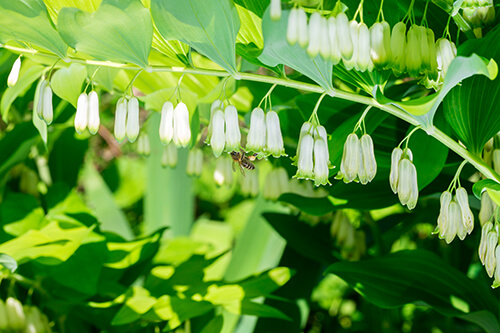 Solomon Seal
Solomon Seal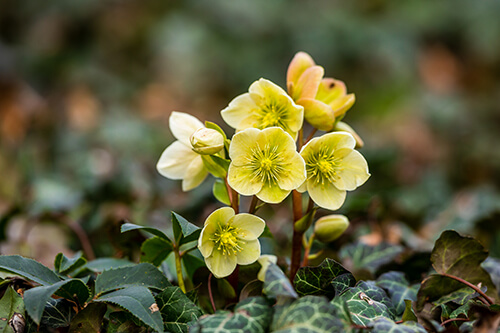 Hellebore
Hellebore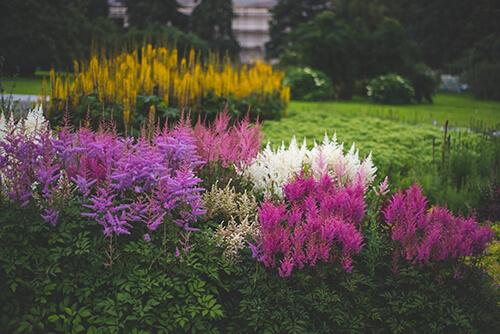 Astilbe
Astilbe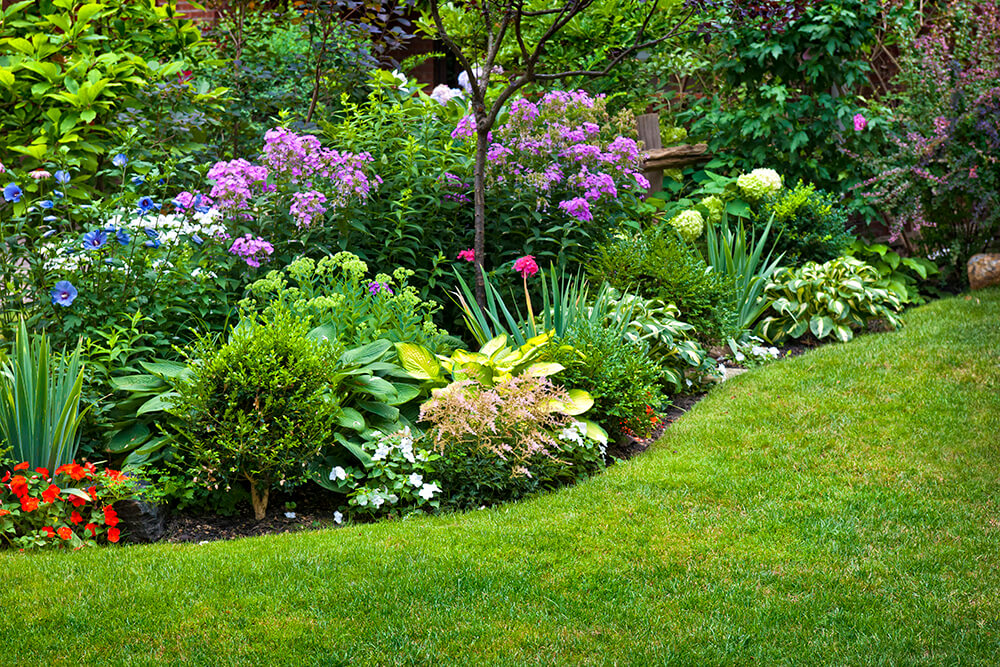
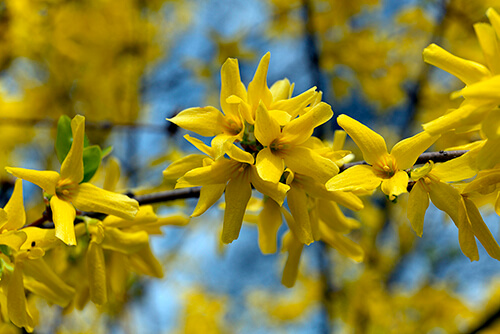 Forsythia – brilliant yellow blooms
Forsythia – brilliant yellow blooms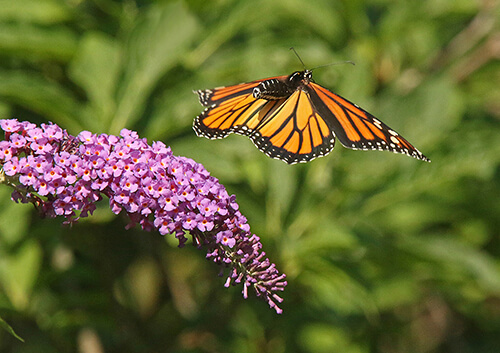 Spirea
Spirea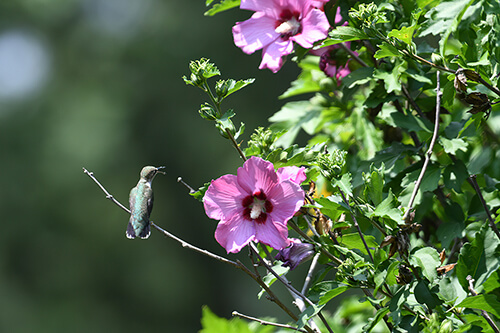 Burning Bush
Burning Bush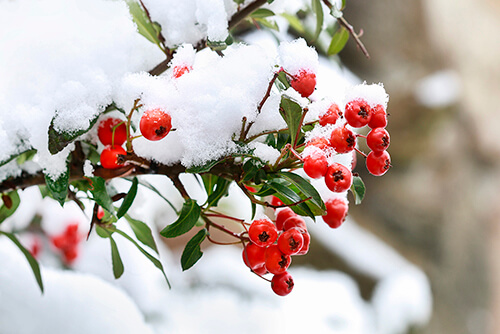 Red Twig Dogwood
Red Twig Dogwood